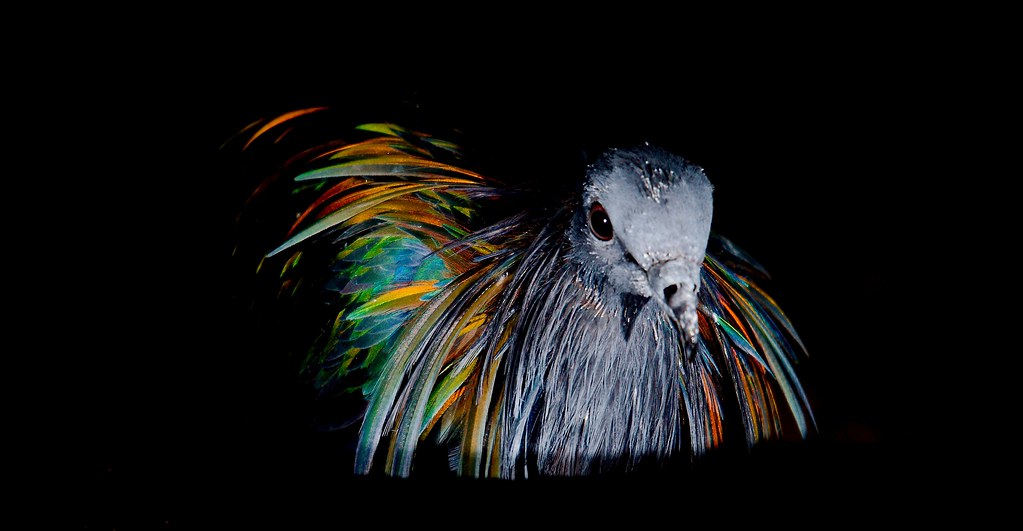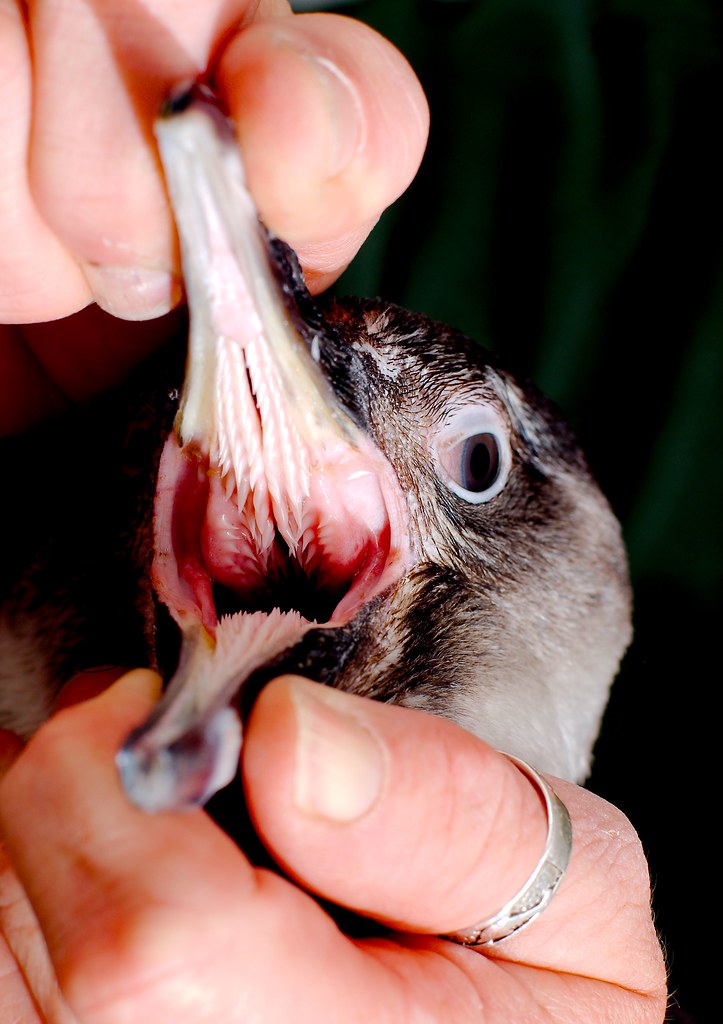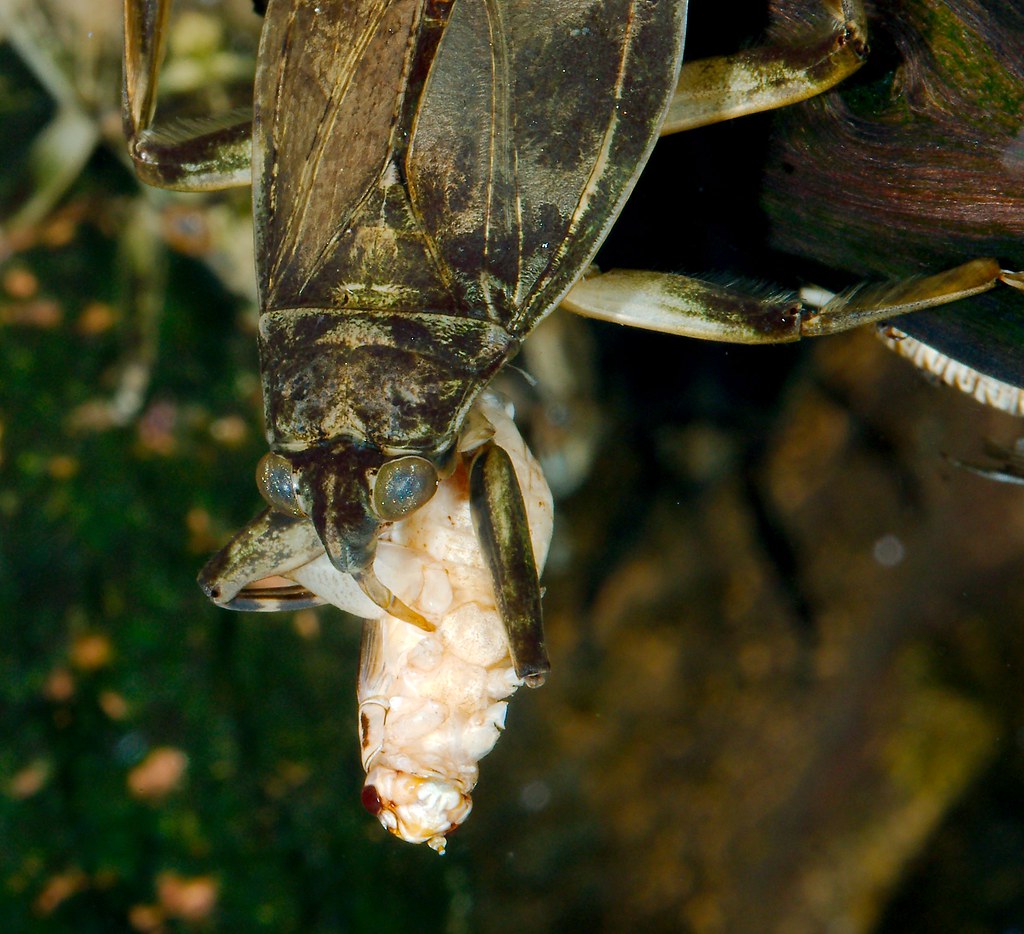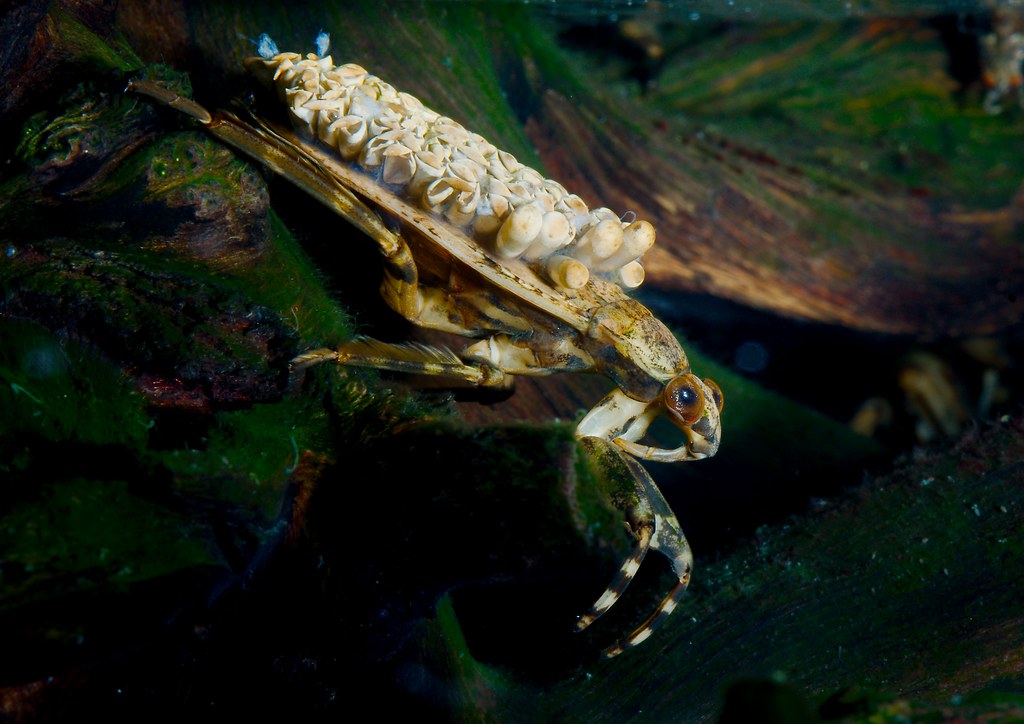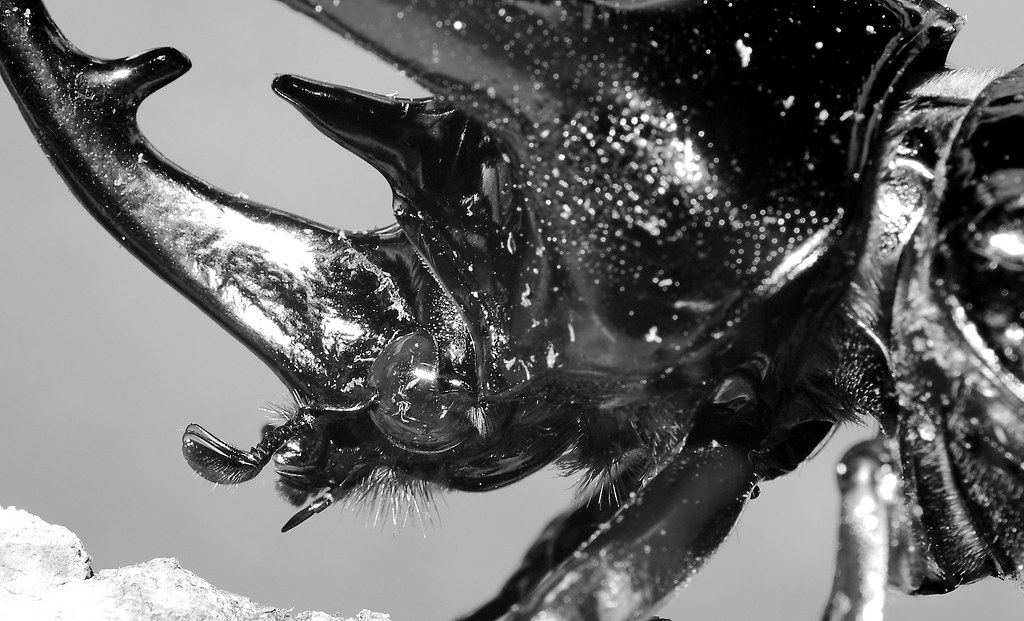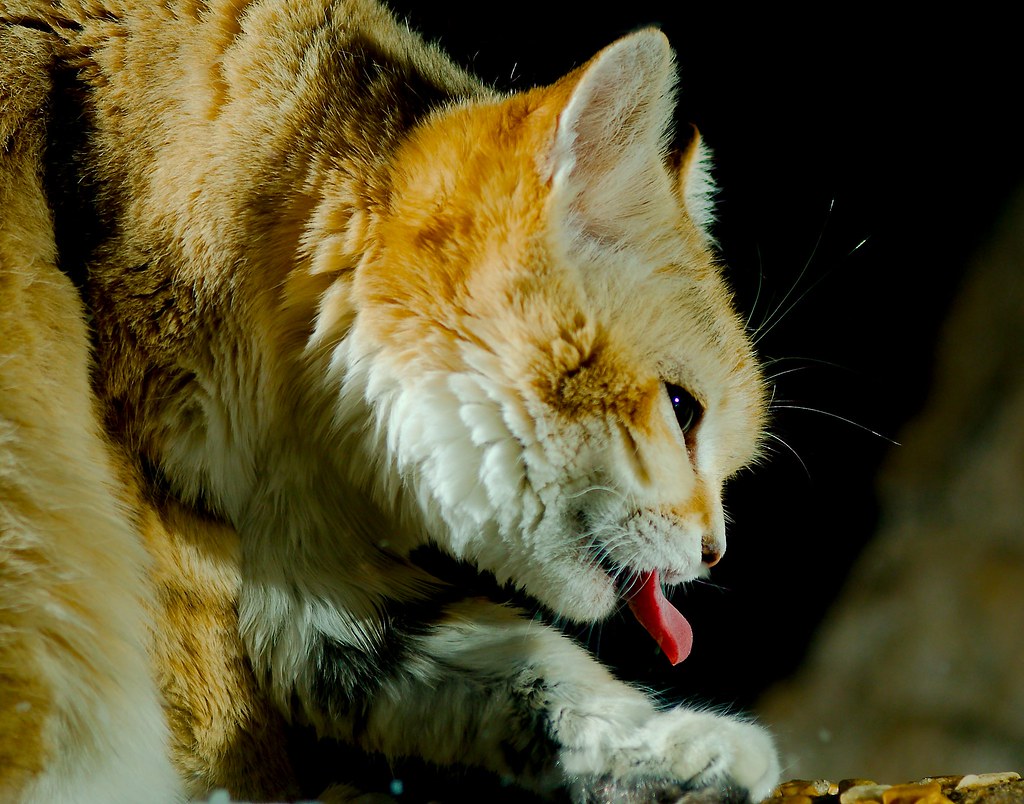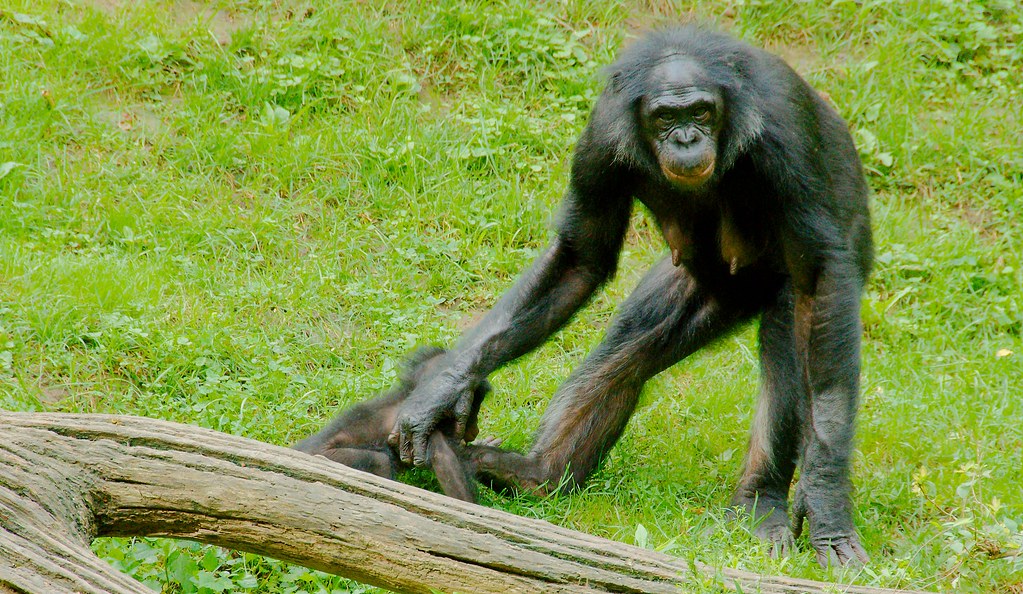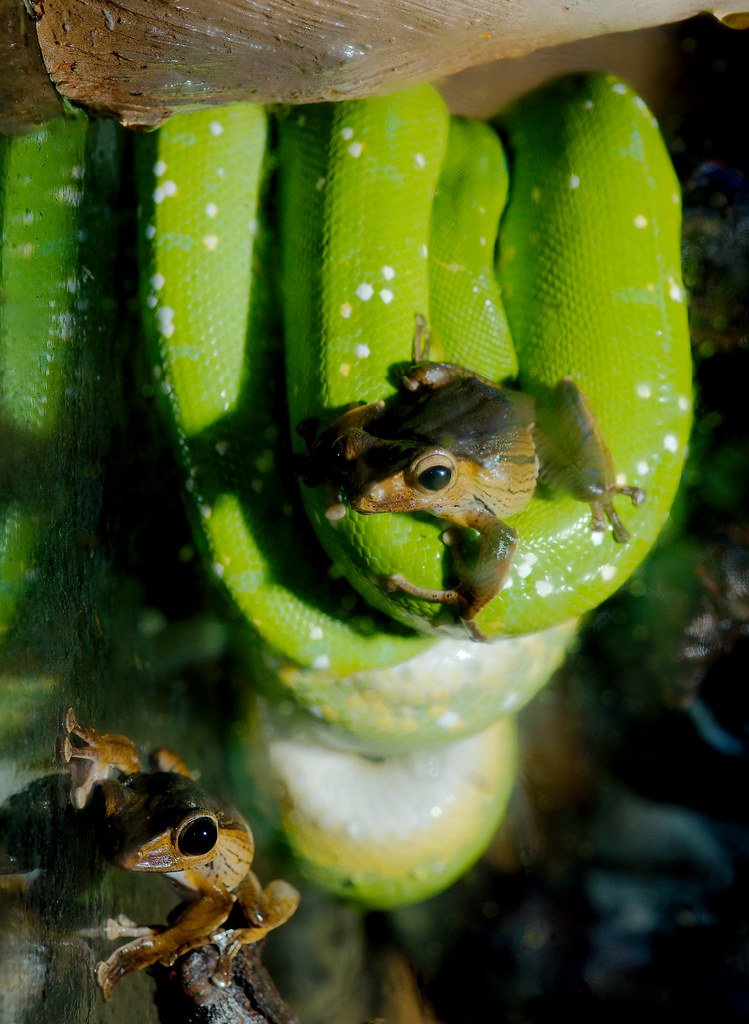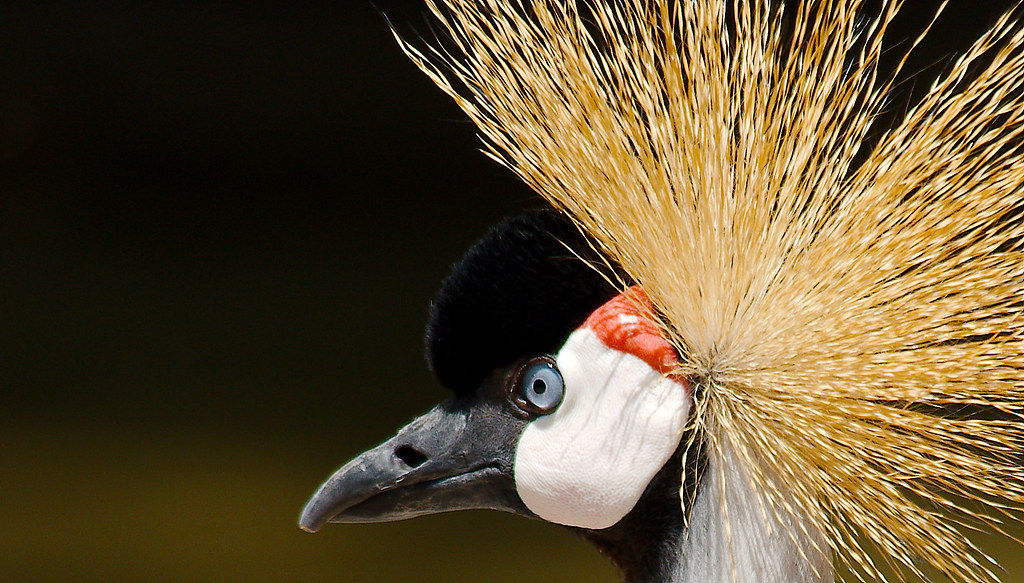
It’s hard to get a good bird portrait. Ideally, such a shot is against a very smooth background and is composed such that the iris is in crystal-sharp focus and there’s a bit of light on the eye. These “catchlights” look very different on living animals than on stuffed or dead ones and helps to psychologically convince the viewer that the animal is healthy. Birds are particularly difficult because they’re constantly preening their feathers, so are in constant movement. Thus, as they move their head, the background changes, the focus changes and many positions cause the catchlight in the eye to go away. Getting a good shot largely involves a mix of luck and patience. Good lenses help, but really, patience overwhelms every other consideration.
Category Archives: Truth
Nicobar Pigeon
Black Footed Cat
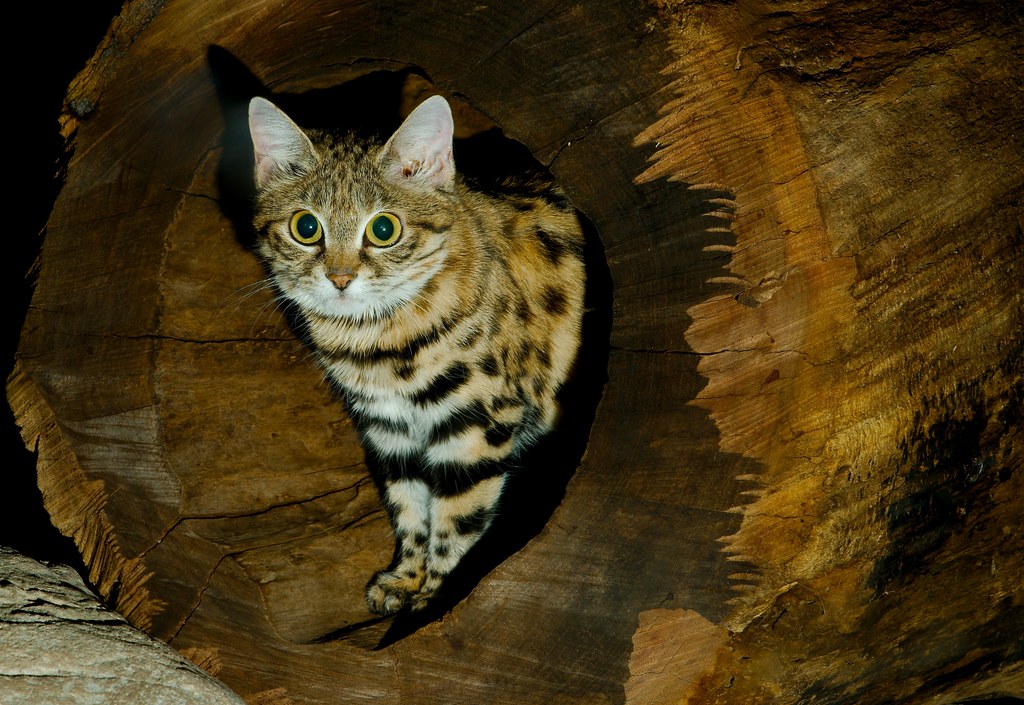
Black-footed cats are the smallest breed of wild cats, seldom exceeding three pounds in weight. Despite this being extremely clear on the sign, grown adults will coo over it and call it a baby. I must conclude that this is because they’re so cute that their mere presence temporarily overrides a human’s ability to read. Because the alternative, that zoos attract a stunningly large number of babbling idiots on Saturdays, is too horrible to contemplate.
Binturong (Arctictis binturong),
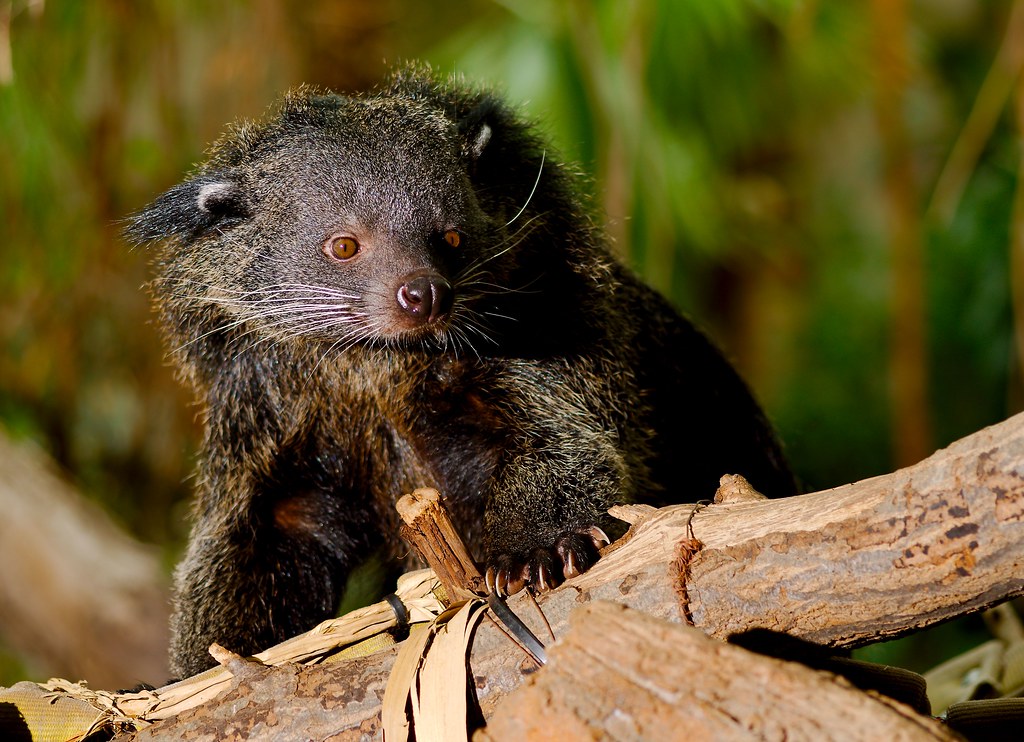
According to Wikipedia, binturongs plantains, figs, eggs, rodents, and fowl’s heads … which seems rather specific to me.
Penguin
Japanese Snow Monkey
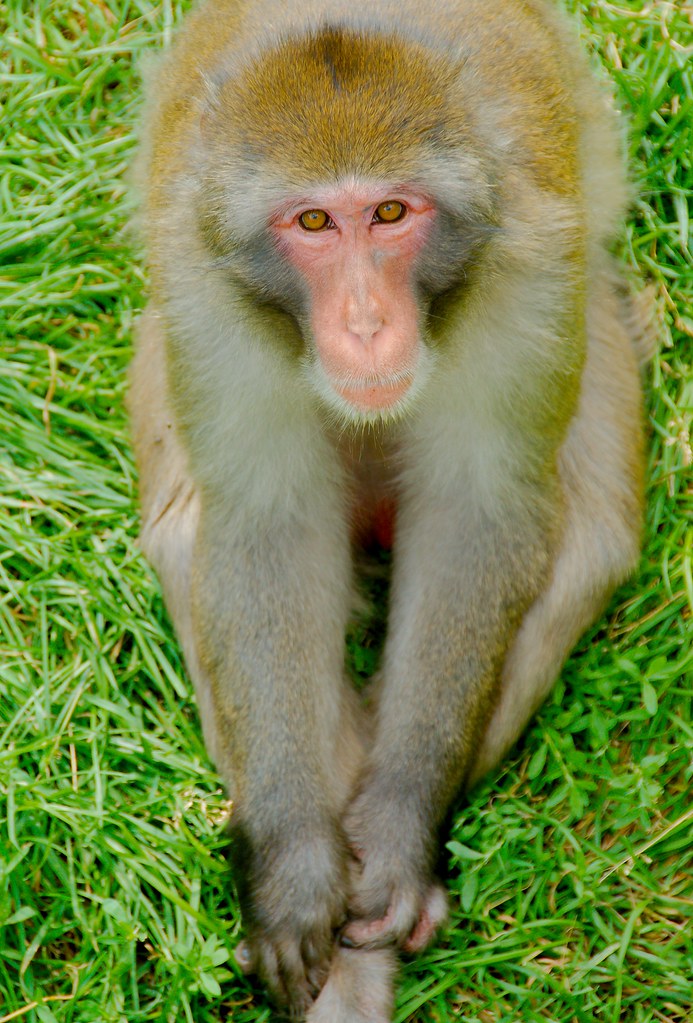
Back in the day, zoos were mostly bars and fences (a lot of older zoos still have a lot of fences). Eventually, zoos realized that humans felt better about looking at the animals if there weren’t bars in the way and they started digging pits. Interestingly, this works for real life humans and is the exact opposite for photography. With photography, you want the animal slightly above you, so you feel a sense of connection, even through bars. If the animal is below you, it reinforces the common “humans are better than animals” view, and creates distance. The greater the height, the more the distance and the photos just don’t resonate as much.
That is, unless the animal is interacts directly with the viewer. Then the image can still work.
Giant Spiny Leaf Insect (Heteropteryx dilatata)
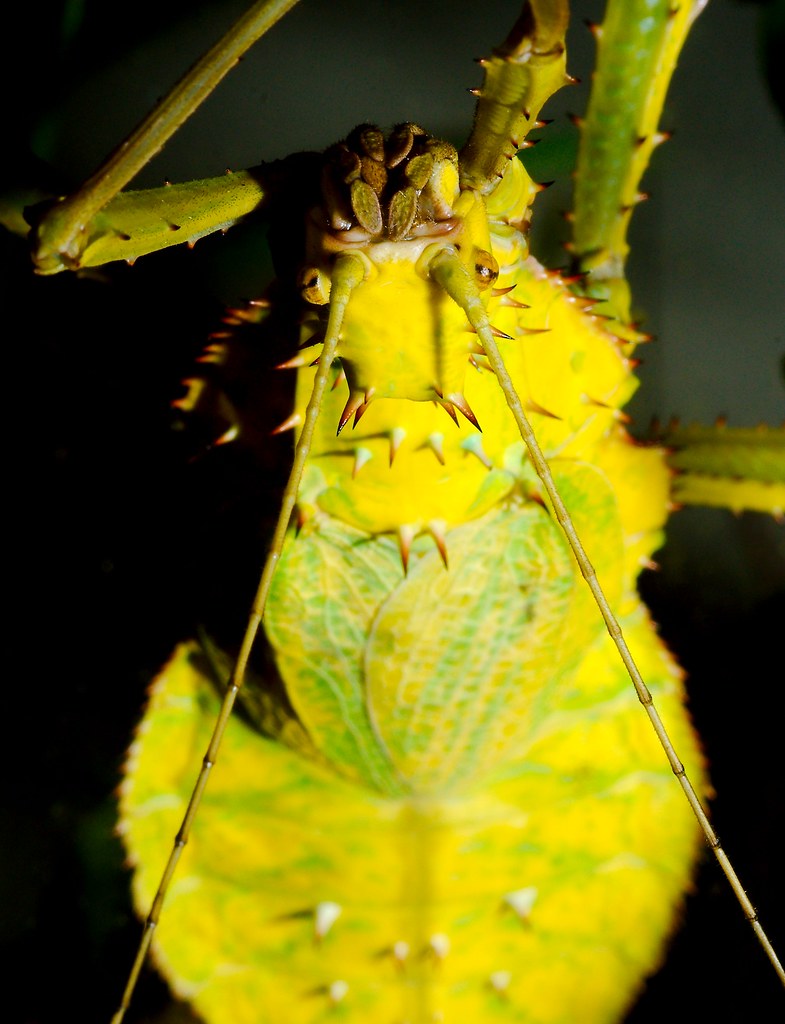
Suppose you’re in insect. Your eggs need to be kept under 25 C to hatch, but you don’t want to bother with actually moving them out of the sun or finding a good home for them. What do you?
If you’re a giant spiny lead insect, you’ll coat your eggs in lipids and fling them all over the forest to ants to eat. They’ll find the eggs, carry them to their nest, eat the outer layer and then ditch them in their trash pile … which is kept under 25 C. Then your babies will hatch out, think “WFT? Where am I?”, find their way out and scamper up the nearest tree.
You may not think she’s the greatest mother, but as you can see, she’s punk and doesn’t care about your opinion.
Fish

Taking photos through an aquarium is difficult. The lens must be directly parallel on the “glass” to prevent “fringing”, or the rainbow effect you get from different frequencies of light refracting at different angles. Additionally, there is spillover from the flashes themselves. On old plastic (as seen here), every scratch or imperfection glows. You can get around this with little things by placing the lens and/or flashes directly against the glass and shooting such that no light spills onto the surface you’re surfing through. This is harder with bigger animals like this fish. Here, I had to set the flashes to a fairly tight field of view and hope the fish didn’t move too much as I set up and took the shot. As you can see, it could have worked better. It also helps to clean the glass. The older it is, though, the less well that works. What I need to do it better is some sort of angled “snoot” that allows for better light blocking. I have started some experiments with ThinkingPutty to make some of my own in the field. They’re working well, but as you can see, I need more practice.
Giant Water Bug (Abedus herberti)
Giant Water Bug (Abedus herberti)
Orangutan
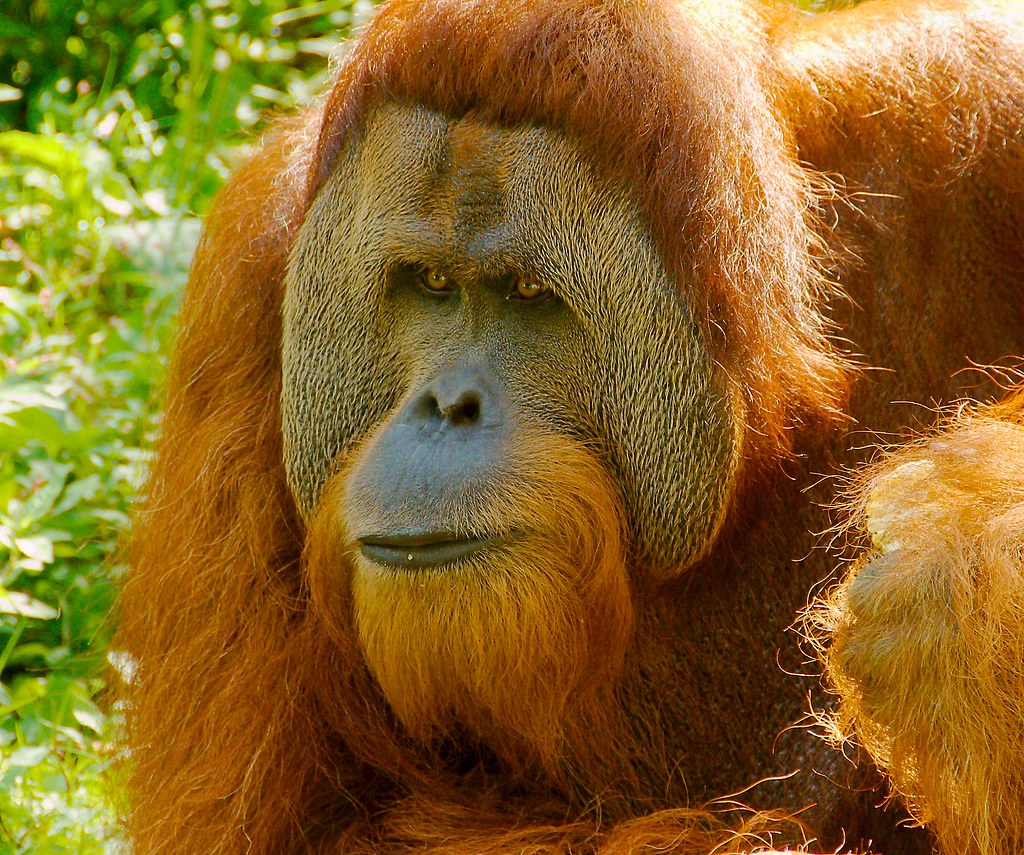
the “uncanny valley” is a concept applied to computer animation where, if a model gets too close to being human, but isn’t quite close enough, people get weirded out and identify with them even less than they would a less-close likeness.
I have my suspicions that something similar may be occurring in conservation. The orangutan faces massive habitat loss due to deforestation and mining and death from hunting, just like most species in Borneo and Sumatra. However, just to show how cruel some humans can be, the mothers face death from hunting so their children can be sold as pets because they’re close enough to human to be really cute when babies. There are also stories of orangutans being kept as sex slaves for humans.
If this bothers you, check out orangutan.org.
Atlas Beetle (Chalcosoma atlas)
Kea (Nestor notabilis)
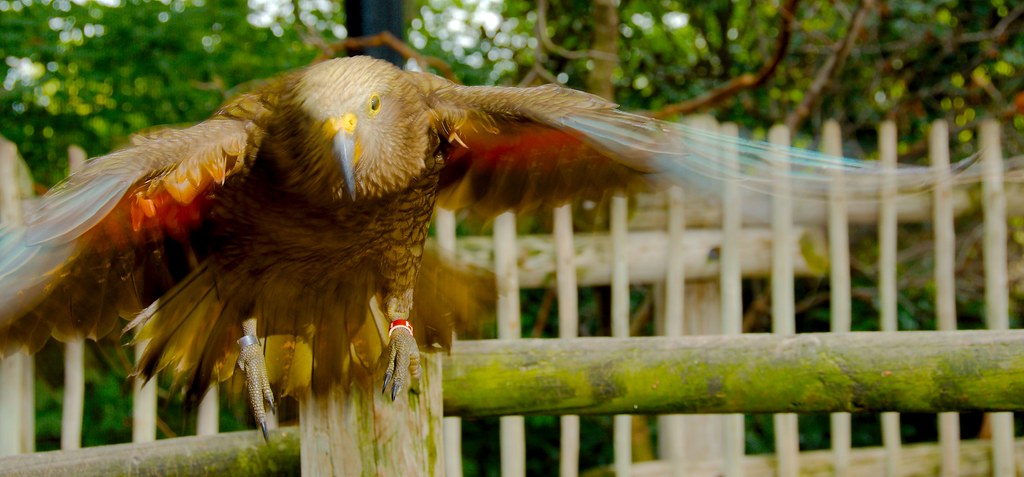
There are only between 1,000 and 5,000 kea in the world. The only place (outside of a few zoos) that you can see them is in the mountains of New Zealand. Yes, where Sauron lives. Not only did they have to contend with widespread eradication by the New Zelanders (who have since changed their ways) and suffer from lead poisoning, they also must be constantly on guard against orcs and giant spiders.
Sand Cat (Felis margarita)
Sumatran Rhinoceros (Dicerorhinus sumatrensis)
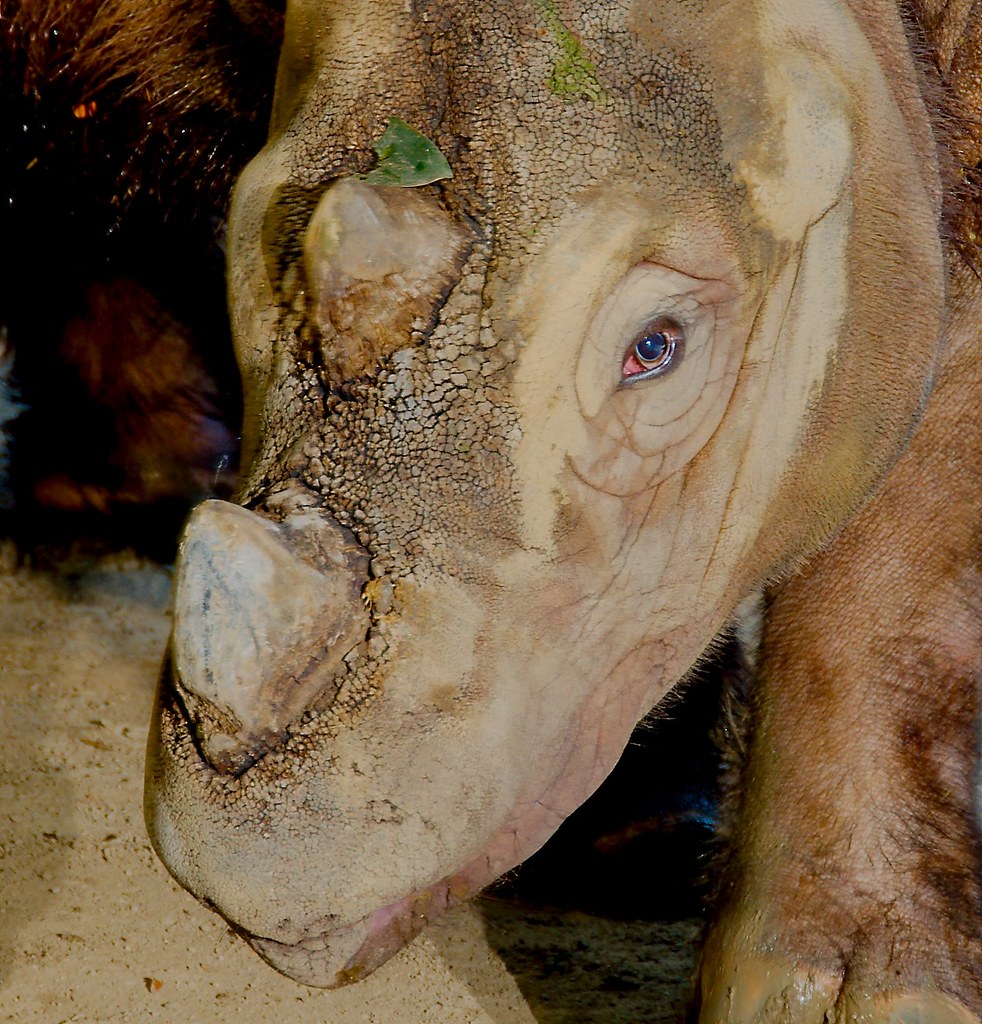
Another photo of the Sumatran rhino. There will several of these, as this is probably the only I will ever see in my life.
Rhinoceroses are territorial creatures. As I was taking photos, he chose to mark a tree several times. One time, when I suspect he was growing tired of the attention, he chose to mark me as well.
I mostly avoided the spray.
Still, it was worth it.
Chimpanzee
Sumatran Rhinoceros (Dicerorhinus sumatrensis)
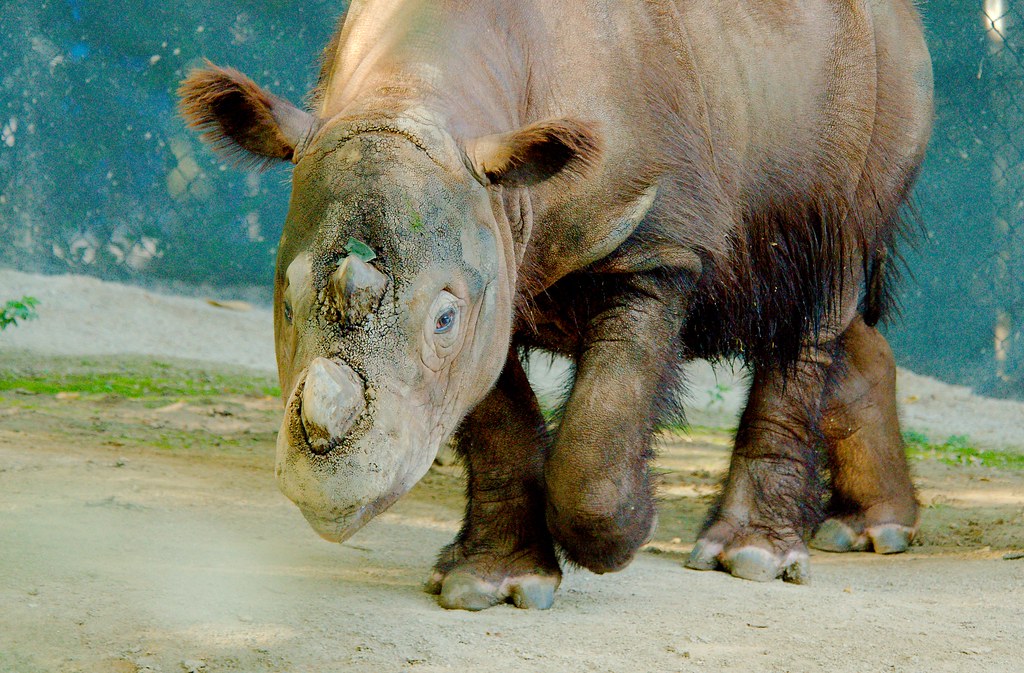
There are fewer than 100 Sumatran rhinoceroses in the world. All but one of them are in Sumatra. This one is in the Cincinnati zoo. That should seem weird to you.
You know what else is weird? Only two Sumatran rhinoceroses have been born in the last fifteen years. You know where? The Cincinnati zoo.
That’s why it’s sometimes better to keep the animals in captivity. Not always, of course, but in this case, yes. Without a doubt.
Bee
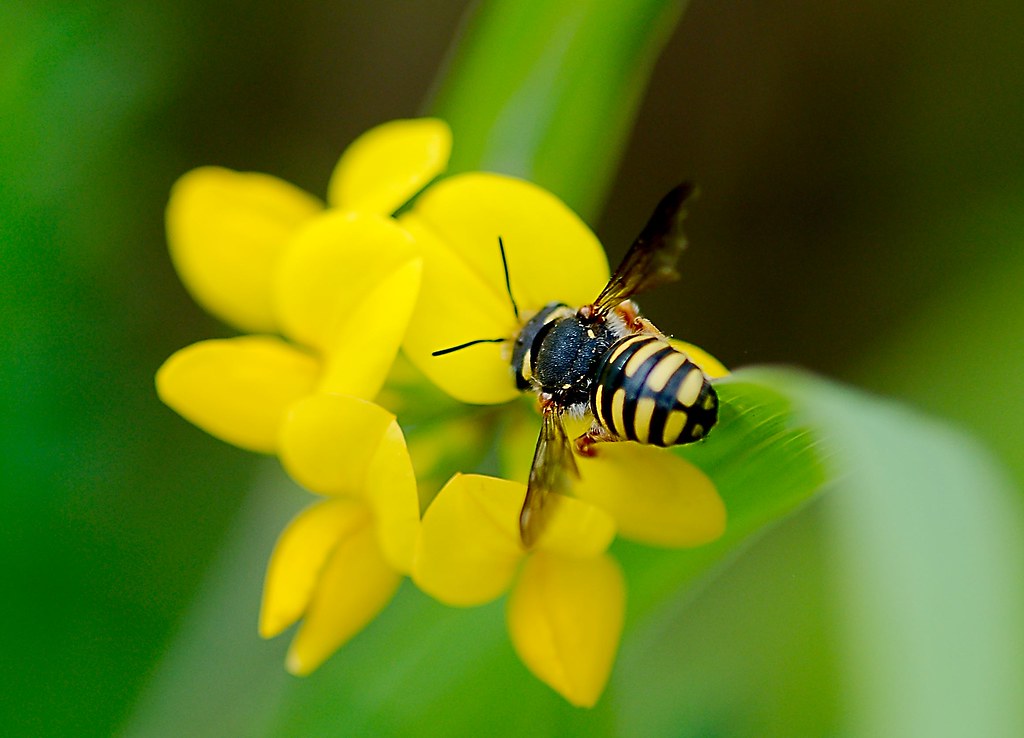
In nature, yellow and black stripes mean “Warning! Dangerous!”. In the human world, it means “Welcome to Schiedam, Holland”.
Green Tree Python (Morelia viridis) and Borneo Eared Frog (Polypedates otilophus)
Potto (Perodictus potto)
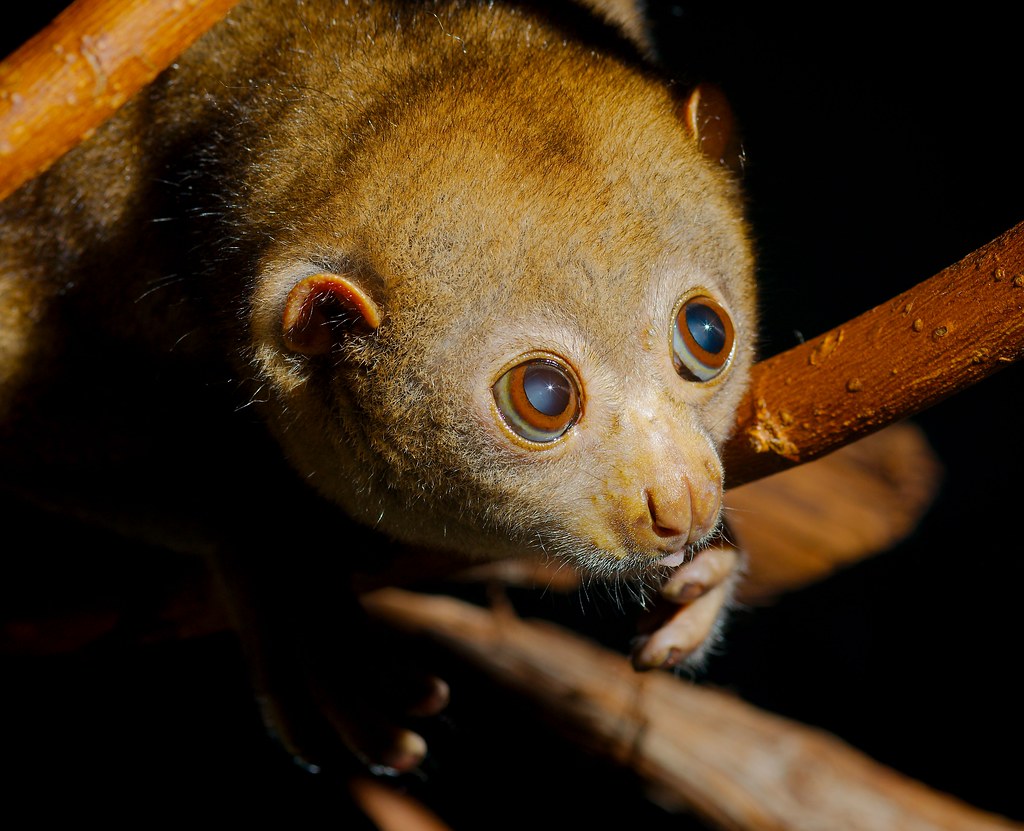
Taking photos of nocturnal animals is tricky. First of all, it’s hard to focus in the dark. Second, if they’re adapted to the dark, it’s somewhat cruel to hit them with a flurry of bright flashes. Now, a lot of zoo animals are used to that, because the average zoo attendee isn’t going to have the first clue how to manage their flash power. Still, I think it’s best to minimize impact where you can.
To get this shot (and shots like it), you need an animal that doesn’t move quickly. Slow movers, like this potto, are best, but even moderate movers work well. Then you set the camera to as wide an aperture as you can get away with. I wanted the eye, ear and nose in focus, so I chose 6.7. I could have gone to 8, which is more common for this sort of work, but I’d have to boost the flash a lot and I wasn’t comfortable with that.
Then, I set the camera on the tripod and do a basic focus. This will not be ideal, but it’ll be close enough for the next step. Then, you can figure out where you want the light to come from. I wanted it up and to the right, as that is a pretty classic position and won’t look weird (weird photos will come later). Then set the flash to its lowest power and take a shot. This will tell you how much brighter you need *OR* how much to boost the ISO. If you increase the ISO setting on the camera, you’ll get more noise but you need less light. On mine, any shot between 100 and 400 ISO looks about the same, so that’s the range I work in here. Once ISO is as high as you’re comfortable, you boost the flash power until the photo is balanced enough. On modern cameras, you can under-expose a bit and fix that in post. This gets you the bare minimum light level you need, maximizing kindness to the animal while still getting the shot.
(Some may argue that it’s unkind to take a photo at all. I can understand that point, but really, without photos, people don’t know what they’re protecting, so I think it’s a net gain.)
Now you need to handle focus. Set a pocket flashlight and set it to as wide a beam as possible. That way, you can get just the edge of the beam on the animal. This slight increase in light can be set so it never touches the animal’s eyes but provides enough for autofocus to lock on. Then you can lock focus, move the light away quickly and take the photo with flash. The slower the animal is, the more likely it is to remain in focus during this time. Using a remote cord release in the hand holding the flash unit can help maximize your success … and make you look really weird to the other zoo people.
One word of caution. Most zookeepers are very understanding when you explain what you’re doing and why, but I am very careful never to use the flashlight trick when kids are around. They’re unlikely to understand the care involved and no one wants them to think that shining flashlights into the exhibits is a good idea.
And now you know.
